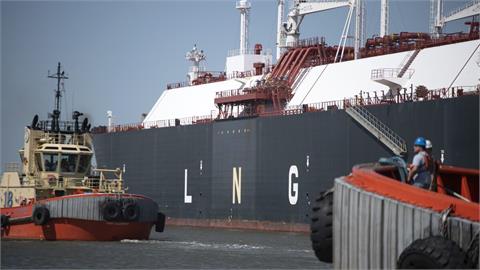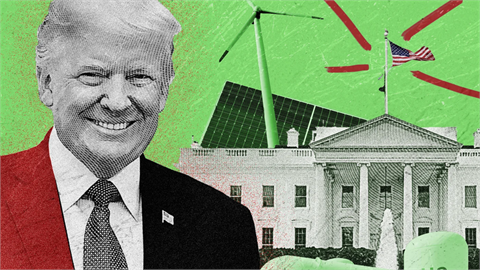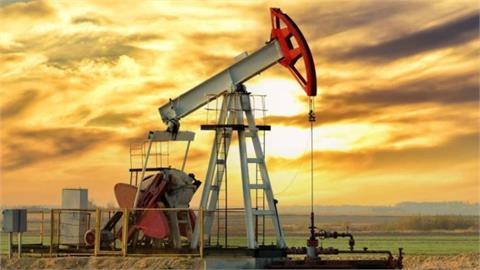US president Donald Trump’s proposed tariffs on steel and aluminium imports risk a global trade war and could threaten rising oil demand growth, the International Energy Agency said on Thursday.
Global oil demand is expected to rise by 1.5m barrels a day in 2018 — to 99.3m b/d — which is an upward revision of almost 100,000 b/d, the Paris-based body said in its monthly oil market report.
But recent signs of protectionism from the US could hit global economic growth forecasts and in turn trade flows and oil demand, the IEA said.
"A slowdown [in world trade] would have strong consequences, particularly for fuel used in the maritime sector and in the trucking industry.”
Global producers from Opec and allies outside of the cartel are restricting supply to reduce global stockpiles and boost prices, but they are also banking on rising demand growth.
It is seen as crucial particularly as a rebound in oil prices has unleashed a wave of new barrels from non-Opec producers led by output from US shale oilfields.
The growth in world trade, which accelerated from 2.5 per cent in 2016 to 4.7 per cent in 2017, is part of the strong increase in global gasoil demand last year, the IEA said. While the International Monetary Fund expects world trade to increase by 4.6 per cent in 2018, any significant slowdown would hit usage of such fuels, it said.
Rising global economic growth and trade has supported oil demand, with China and India starting the year on a strong note. Both countries accounted for nearly half of global demand growth in 2017. Cold weather in Europe and the US in the first two months of the year also increased demand for heating fuels.
Global oil supply in February was at 97.9m b/d with production from Opec countries edging lower to 32.1m b/d, led by losses in Venezuela and the UAE.
Strong growth in the US is expected to boost production outside of the Opec cartel in 2018, which will grow by 1.8m b/d compared to 760,000 b/d in 2017.
(Financial Times)
Related content
Wednesday, 22 January 2025
Wednesday, 22 January 2025
Tuesday, 21 January 2025
Tuesday, 21 January 2025



